- About us»
- Net income calculator»
- Population aging»
-
- Least developed regions»
-
- Average wage
- Material need benefits
- Meal allowance
- Counties of Slovakia
- Inflation
- Living and Subsistence Minimum
- Unemployment of Czechia and Slovakia
- NACE Classification
-
- Life expectancy
- Gender differences
- Youth unemployment and NEET
- Minimum wage in EU
- Unemployment rates of different age groups
- Share of salaries on GDP
- Unemployment rate
- NEET
- Long term unemployment
- Percentage of employees ususally working at nights
- Employment rate
-
- Bratislava and surroundings
- Kopanice
- Danube river
- lower Vah river
- middle Vár river
- upper Nitra river
- lower Nitra river
- Mining cities
- Kysuce a Orava
- upper Vah river - Liptov
- Spiš cities
- upper Hron river
- Juhoslovenská kotlina
- Košice fold and Torysa river
- upper Zemplín
- lower Zemplín
- EU regions
- NUTS3 regions of Slovakia
- LAU1 dataset
-
- Projects and activities
- Inclusive growth»
- Good work
- Project SKRS
- Social system – reality and vision
- Library
-
- Education of unemployed
- Young unemployed not taking part in education
- Proposal to change the system of education funding
- News»
- Contact
Region Spiš cities
consists of counties:
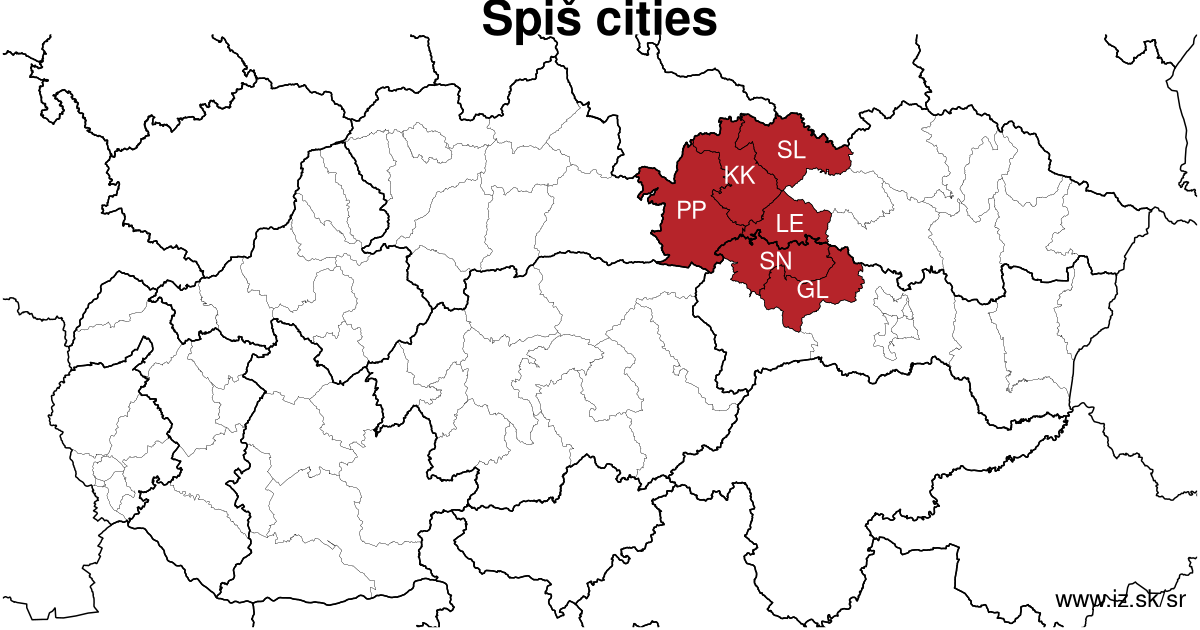
Towns
Region Spiš cities contains cities Gelnica, Kežmarok, Krompachy, Levoča, Podolínec, Poprad, Spišská Belá, Spišská Nová Ves, Spišská Stará Ves, Spišské Podhradie, Spišské Vlachy, Stará Ľubovňa, Svit, Vysoké Tatry and 190 villages. More on oma.sk. Statistics on city level on unemployment are for the period of 2025-10-01, for population are fore yar 2024.
name | number of inhabitants in economically active age | number of unemployed number of unemployed women number of long-term unemployed | unemployment rate unemployment rate of women long-term unemployment rate |
|---|---|---|---|
 Poprad | 48 352 31 413 | 1 249 642 379 | 4 % 4.1 % 1.2 % |
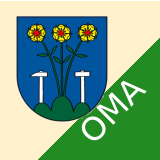 Spišská Nová Ves | 34 255 21 813 | 987 518 330 | 4.5 % 4.8 % 1.5 % |
 Stará Ľubovňa | 15 599 10 297 | 508 300 186 | 4.9 % 5.9 % 1.8 % |
 Kežmarok | 15 145 10 063 | 587 285 189 | 5.8 % 5.7 % 1.9 % |
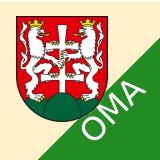 Levoča | 13 905 9 257 | 599 352 303 | 6.5 % 7.7 % 3.3 % |
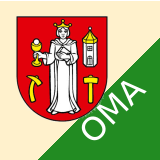 Krompachy | 8 587 5 422 | 262 132 117 | 4.8 % 4.9 % 2.2 % |
 Svit | 7 717 4 896 | 177 90 37 | 3.6 % 3.6 % 0.8 % |
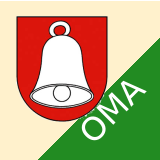 Spišská Belá | 6 660 4 498 | 299 150 119 | 6.6 % 6.8 % 2.6 % |
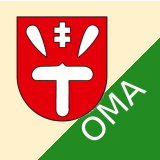 Gelnica | 5 775 3 807 | 164 84 77 | 4.3 % 4.5 % 2 % |
 Vysoké Tatry | 3 770 2 325 | 79 41 13 | 3.4 % 3.6 % 0.6 % |
 Spišské Podhradie | 3 730 2 513 | 146 69 65 | 5.8 % 5.6 % 2.6 % |
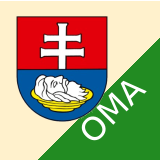 Spišské Vlachy | 3 295 2 163 | 99 44 45 | 4.6 % 4.2 % 2.1 % |
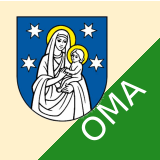 Podolínec | 3 048 2 057 | 115 67 41 | 5.6 % 6.7 % 2 % |
 Spišská Stará Ves | 2 156 1 386 | 55 35 22 | 4 % 5.2 % 1.6 % |
Villages with over 2000 inhabitants are Smižany (8796), Lendak (5454), Veľká Lomnica (5188), Rudňany (4846), Markušovce (4669), Ľubica (4477), Bystrany (3870), Nálepkovo (3684), Štrba (3382), Lomnička (3333), Richnava (3269), Rakúsy (3264), Prakovce (3244), Hranovnica (3193), Huncovce (3078), Nová Ľubovňa (3026), Jakubany (2847), Podhorany (2805), Spišský Štiavnik (2722), Žehra (2649), Hrabušice (2598), Spišský Štvrtok (2580), Batizovce (2500), Spišské Bystré (2487), Liptovská Teplička (2403), Stráne pod Tatrami (2348), Krížová Ves (2317), Letanovce (2281), Spišská Teplica (2259), Spišské Tomášovce (2167), Hôrka (2132), Švedlár (2104), Toporec (2012).
| villages by number of inhabitants | ||||||
|---|---|---|---|---|---|---|
| total | up to 300 | 300 to 500 | 500 to 1000 | 1000 to 1500 | over 1500 | |
| 190 | 48 | 22 | 47 | 21 | 51 | |
Unemployment
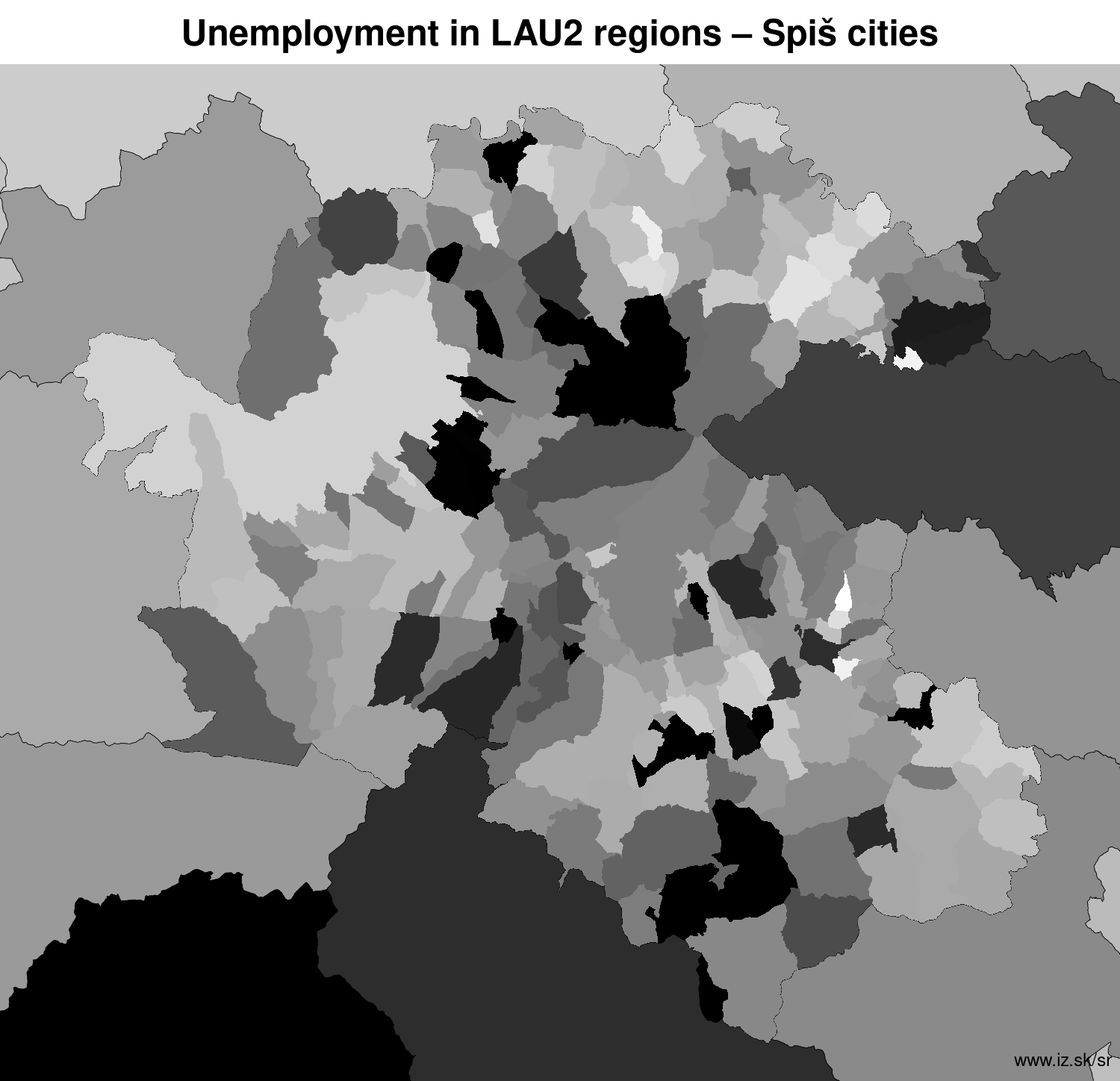
| rok | 2012 | 2014 | 2016 | 2018 | 2019 | 2020 | 2021 | 2022 | 2023 | 2024 | 2025 |
|---|---|---|---|---|---|---|---|---|---|---|---|
| number of unemployed | 38 552 | 36 164 | 30 042 | 19 693 | 18 307 | 21 036 | 21 596 | 19 315 | 18 438 | 17 709 | 17 176 |
| number of long-term unemployed | 21 379 | 21 833 | 16 719 | 9237 | 7697 | 8439 | 10 438 | 9495 | 8887 | 8747 | 8301 |
| number of people receiving social benefits | 46 702 | 42 604 | 33 642 | 25 794 | 24 406 | 24 173 | 21 623 | 23 694 | 24 653 | 23 626 | 22 359 |
| number of activational workers | 6526 | 6256 | 4599 | 2842 | 2806 | 2862 | 2213 | 2632 | 876 | 1453 | 1812 |
| unemployment rate | 14.2 | 13.3 | 11.1 | 7.4 | 6.9 | 7.9 | 8.4 | 7.5 | 7.2 | 6.9 | 6.7 |
| long-term unemployment rate | 7.9 | 8.0 | 6.2 | 3.4 | 2.9 | 3.2 | 4.0 | 3.7 | 3.5 | 3.4 | 3.3 |
| vacancies | 297 | 653 | 2339 | 3089 | 3338 | 2210 | 2022 | 2122 | 1245 | 1442 | 1481 |
Demographics
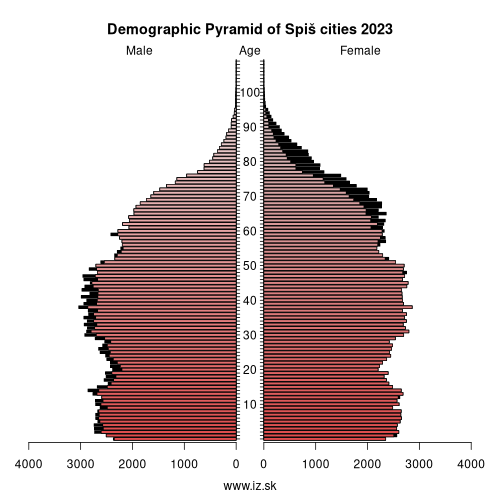
| 2012 | 2014 | 2016 | 2018 | 2019 | 2020 | 2021 | 2022 | 2023 | 2024 | 2025 | |
|---|---|---|---|---|---|---|---|---|---|---|---|
| number of inhabitants | 391 810 | 394 207 | 396 562 | 398 913 | 399 961 | 401 088 | 393 019 | 393 363 | 393 817 | 394 855 | 394 855 |
| assignation tax | 97 702 749 | 98 660 730 | 119 850 260 | 143 289 860 | 162 656 004 | 168 388 697 | 162 680 441 | 183 146 599 | 204 761 572 | 204 896 950 | 165 159 966 |
| demographic dependency | 16.9 | 18.1 | 19.8 | 21.5 | 22.4 | 23.3 | 24.0 | 24.8 | 24.5 | ||
| number of employed foreigners | 265 | 282 | 390 | 902 | 1117 | 1063 | 890 | 1333 | 1427 | 1396 | 1543 |
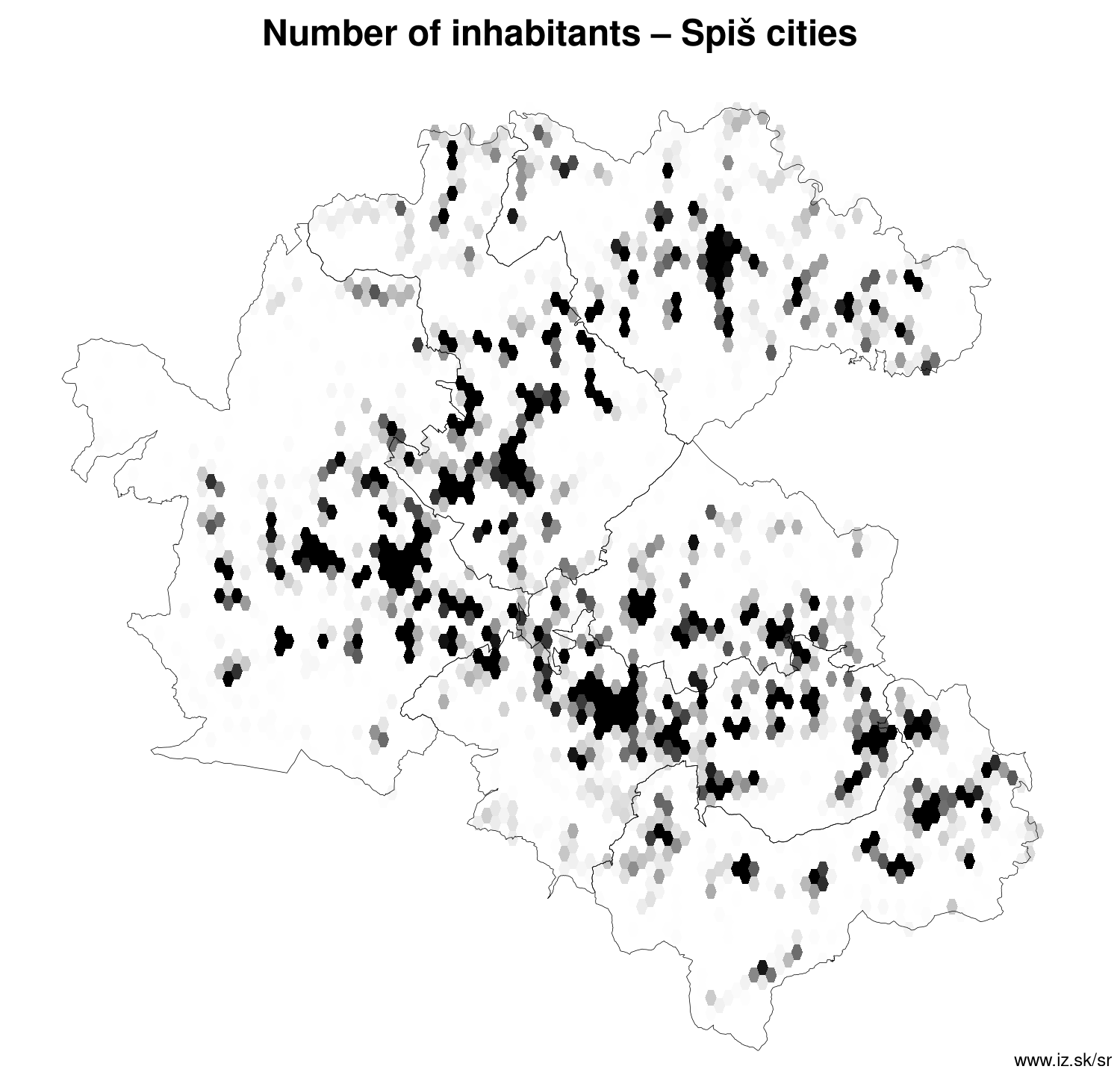
Number of unemployed
| rok | 2012 | 2014 | 2016 | 2018 | 2019 | 2020 | 2021 | 2022 | 2023 | 2024 | 2025 |
|---|---|---|---|---|---|---|---|---|---|---|---|
| less than 24 years | 10 166 | 7280 | 5480 | 3163 | 2968 | 3550 | 3373 | 2884 | 2800 | 2652 | 2579 |
| 25 to 39 years | 17 005 | 13 584 | 11 272 | 7198 | 6682 | 7657 | 7642 | 7020 | 6659 | 6488 | 6203 |
| 40 to 54 years | 14 195 | 11 683 | 9902 | 6617 | 6064 | 6790 | 7209 | 6376 | 6128 | 5912 | 5857 |
| 55 years and more | 3768 | 3617 | 3387 | 2715 | 2594 | 3038 | 3373 | 3035 | 2851 | 2657 | 2517 |
Other regions
- Basic data on Slovak regions
- Labour market indicators of slovak regions.
- Region Bratislava and surroundings
- Region Kopanice
- Region Danube river
- Region lower Vah river
- Region middle Vár river
- Region upper Nitra river
- Region lower Nitra river
- Region Mining cities
- Region Kysuce a Orava
- Region upper Vah river – Liptov
- Region Spiš cities
- Region upper Hron river
- Region Juhoslovenská kotlina
- Region Košice fold and Torysa river
- Region upper Zemplín
- Region lower Zemplín
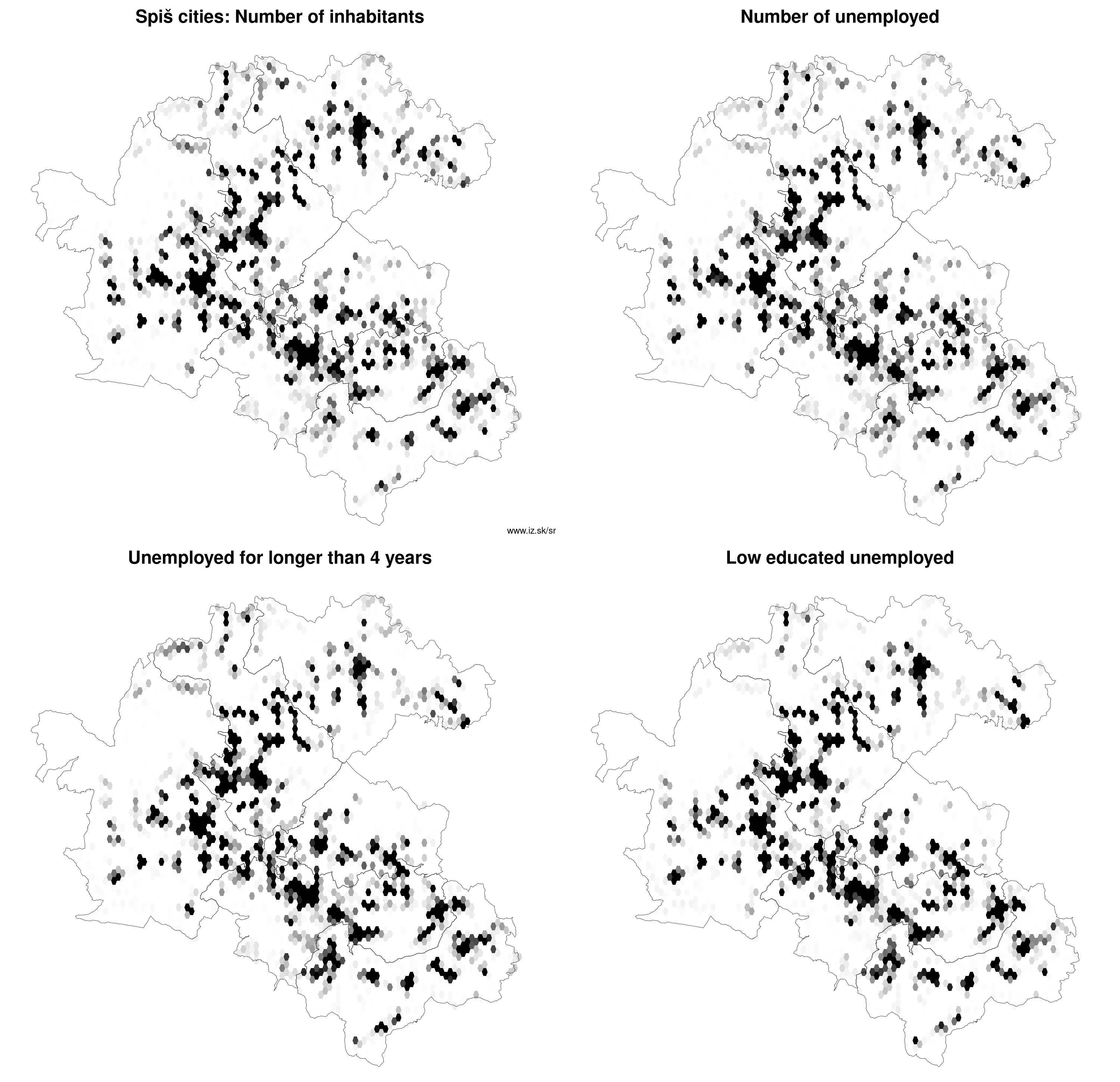
Suggested citation: Michal Páleník: Regions of Slovakia - Region Spiš cities, IZ Bratislava, retrieved from: https://www.iz.sk/en/projects/regions-of-slovakia/spis-cities
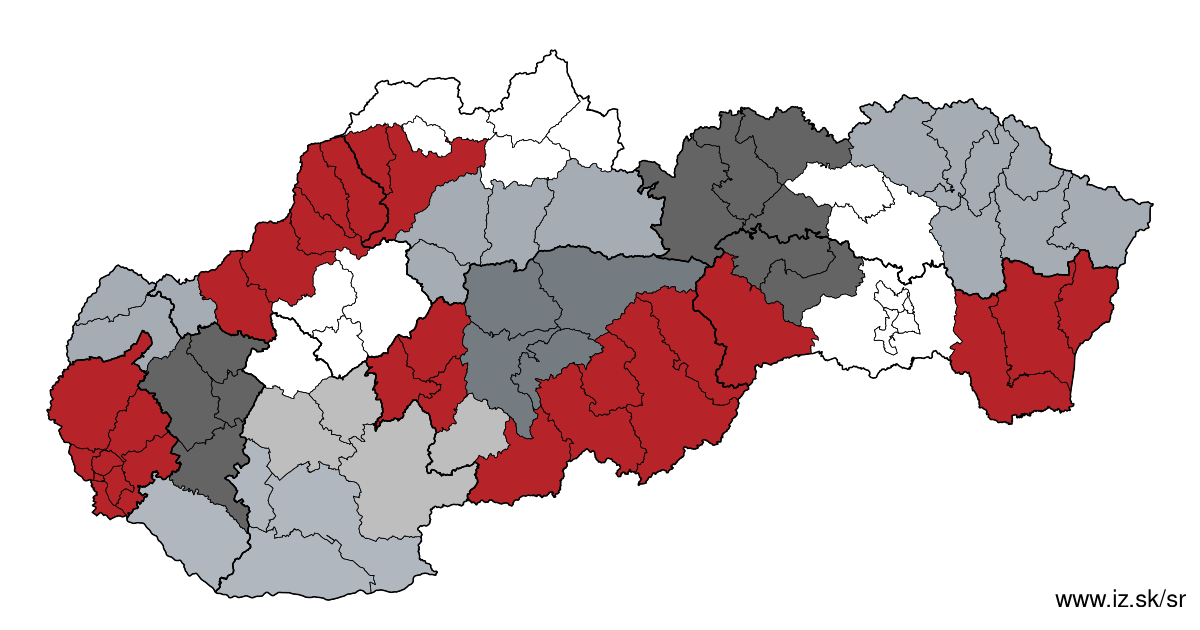
Regions of the Slovak Republic
Due to the need of analysis we have created regions of Slovakia. We will bring more information about these regions from the macroeconomic point of view as well as from the point of view of the labour market.. . .

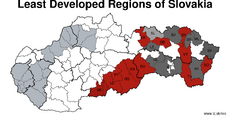
 Share
Share Facebook
Facebook Twitter
Twitter News
News